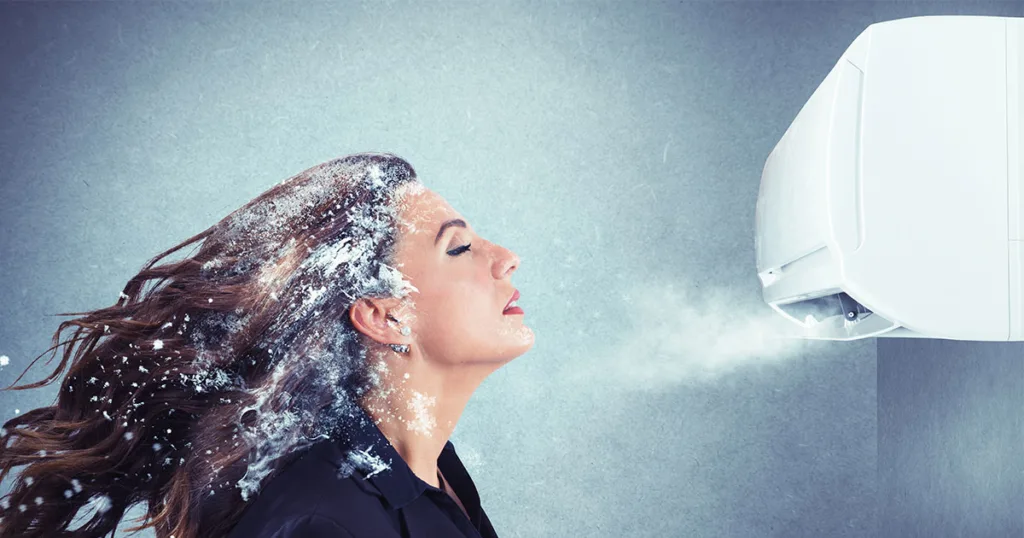Home appliance giant Philips has entered the Australian robot vacuum cleaner category with the HomeRun 9000 Vacuum & Mop. Not only is this the first robovac the brand has brought into Australia, it is also the first in the product category to support dual-band WiFi. Most smart appliances in the market only use 2.4Ghz WiFi bands, which can present a problem for customers with dual band modems, especially during setup.
Dual band modems have become more prevalent in Australia, with most automatically switching between the 2.4Ghz and 5Ghz bands depending on the network load. While this is better for connectivity, it can cause issues for smart appliances. The HomeRun 9000 however can handle both frequencies and should do its part to eliminate the setup marathons ubiquitous with the robot vacuum cleaners.
The flagship device is a vacuum and mop combo, with an all-in-one automated base station that empties the dustbin, dirty water tank, cleans, and dries its roller mop. It is set to retail for $2,499 after its launch at the end of October.
The HomeRun 9000 shares much of the same technology as other premium robot vacuum cleaners released this year. It has a tangle-free roller brush, which uses a comb-like attachment to detangle and suck up hair. This is a similar design to Ecovacs’ ZeroTangle technology, which fared well against our testing. The self-cleaning PowerCyclone roller mop is reminiscent of the Always Clean Mop on the Eufy S1 Pro, and uses technology similar to the Dyson Wash G1 hard floor cleaner. Each of these mops clean as they go by flooding the mop head with clean water while scraping off the dirty water and sending it to the dirty water reserve. It is however missing edge-mopping which has become a common feature across flagship robot vacuums released this year.
Less commonly, the HomeRun utilises direct time-of-flight alongside LiDAR sensors. This allows for a slim height of just 98mm, making it short enough to fit underneath a range of furniture, without compromising on object detection and avoidance. Philips claims the 9000 can detect and avoid objects of 2.5cm x 2.5cm or larger which covers the vast majority of household clutter, but how this fares for things like cables is yet to be seen.
Alongside the 9000, Philips will also bring two cheaper robot vacuums from the 2000 Series, The HomeRun 2000 and 2100 both offer vacuuming and mopping, but only the 2100 has its own base station. These two will retail for $599 and $799, respectively.
While we don’t have an exact release date, the HomeRun Series will be available from Harvey Norman, JB HiFi, Amazon, and Bing Lee by the end of October.






